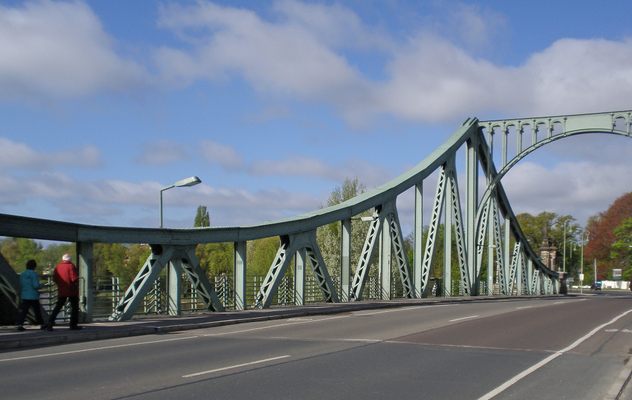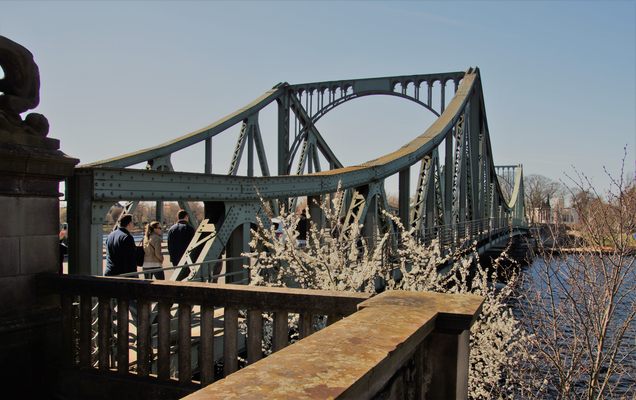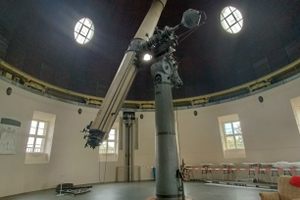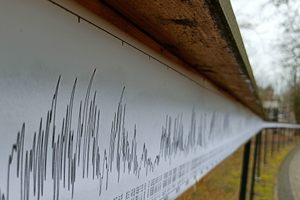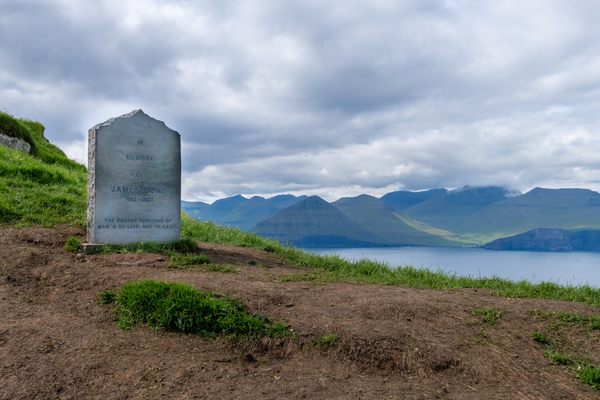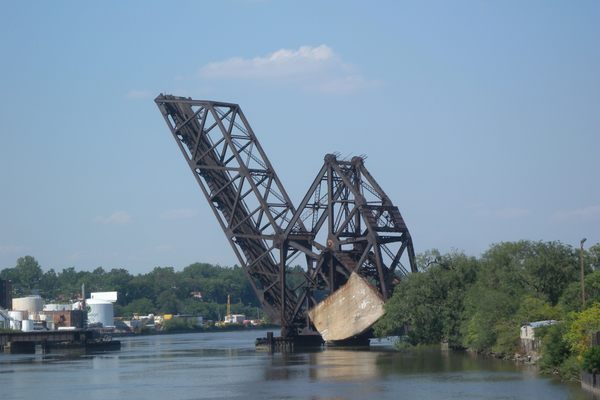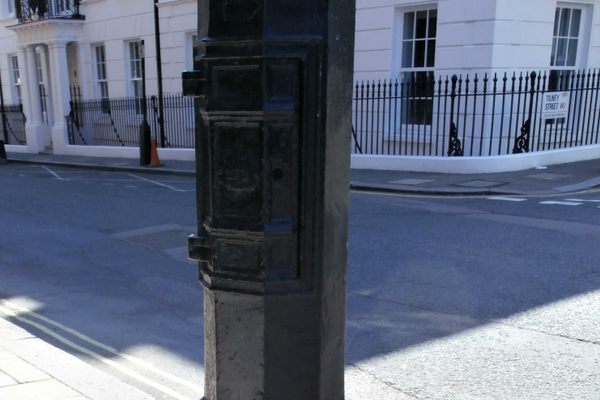About
Many Cold War spy movies depict prisoner exchanges between the United States and Soviet Union occurring on a bridge. It turns out that those noirish depictions are not works of fantasy, and Germany's so-called "Bridge of Spies" actually saw a number of high value prisoner exchanges.
There has been a span across Germany's Havel River since the 1600s, but the current version, connecting the Wannsee district of Berlin with the Brandenburg capital, Potsdam, was originally built in 1907. The bridge lived a fairly mundane life until the 1960s. During the height of the Cold War, the bridge was a restricted border crossing between East and West Berlin. As such, it became a convenient location for exchanging captured spies between the U.S. and their ties in West Berlin, and the Soviet-controlled East Berlin.
The first exchange took place on February 10, 1962, when U.S. and Soviet Union agents met on the bridge and exchanged captured Soviet spy Rudolf Abel for captured American U2 spy-plane pilot, Francis Gary Powers. After this initial transfer, another peaceful exchange took place in 1964, and then twice more in the 1980s. As far as the records show, the last prisoner exchange took place in 1986, by which time nearly 40 people had been exchanged between Eastern and Western agents on the bridge.
The Glienicke Bridge became known as the “Bridge of Spies.” Today, the bridge serves as a mundane river crossing for pedestrians and vehicles. However the history of the bridge is far from forgotten, and was used as the central setting and filming location for the Steven Spielberg-directed, Tom Hanks-starring political thriller, Bridge of Spies.
In real life, the remnants of the former borderline remain visible. And for those willing to use their imagination, an ordinary bridge crossing can become something much more clandestine, even if only for a fleeting moment.
Related Tags
Community Contributors
Added By
Published
August 19, 2015


